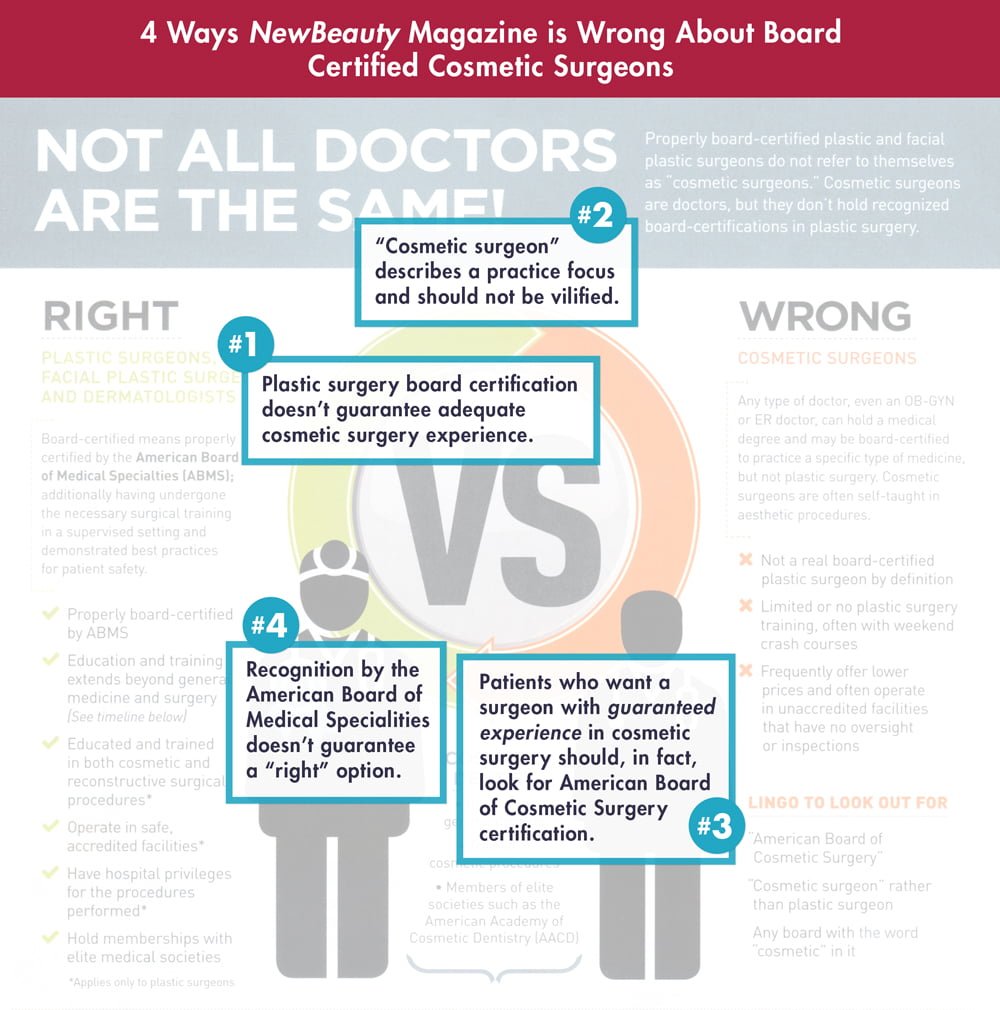Cost Of Professional Acne Treatments
Cost Of Professional Acne Treatments
Blog Article
Acne and Workout - What to Know
Regular workout, even just brisk strolling or swimming, assists increase mood and lower stress and anxiety. It additionally improves hormones and natural chemicals that promote healthy skin, such as serotonin and dopamine.
See to it to wear clean workout clothes that have actually been washed recently-- dirty, sweaty apparel can trap germs and add to body acne. And if you have make-up on, take into consideration making use of micellar water to wipe off your face prior to working out.
1. Sweating can obstruct pores.
Exercise helps the body in many ways, from more powerful muscle mass to lower blood pressure and enhanced mood. It can even help reduce acne breakouts, as long as the best practices are in location.
Throughout exercises, the heart rate increases which triggers the gland to open and drain. But if makeup, dirt and microorganisms remain on the skin, these can clog pores and lead to the development of acnes. Sweat can likewise alter the pH balance of skin, triggering it to be much more sensitive and prone to inflammatory acne.
Acne that establishes because of sweat can appear anywhere on the body, however it typically shows up in locations susceptible to friction, like under clothes straps or headbands. The very best method to prevent sweat-related acne is to use breathable clothing, wipe shared devices before using and shower as soon as possible after a workout. It's additionally useful to make use of a mild, non-comedogenic cleanser prior to and after exercising.
2. Dirty clothes can obstruct pores.
While sweat itself doesn't trigger acne, all that germs trapped on the skin can clog pores and contribute to inflammatory outbreaks. That's why exercise health is so crucial for those with acne-prone skin. Use breathable, moisture-wicking clothing, wipe down equipment before usage, and shower quickly after your sweat session to help in reducing microorganisms accumulation and stop blocked pores.
Acne happens when hair follicles and pores obtain jammed-up with oil and dead skin cells, causing the body's all-natural inflammatory action to clear them. When the sweat from a workout blends with these particles, it can cause blocked pores and inflammation that's commonly seen as pimples or pustules on the shoulders, back, chest, neck, or temple.
Dirty clothes can exacerbate the trouble by capturing sweat beside the skin, creating a bacterial overgrowth known as Malassezia-- a problem that may be best treated with dental antifungal drugs. It's likewise a good concept to lug additional clothes and clean towels to the health club so you can consistently alter out of perspiring clothing and wipe your skin down with fresh, tidy towels prior to heading home.
3. Tight-fitting clothes can obstruct pores.
Sweat itself does not trigger acne, however if it's caught against the skin by tight-fitting garments and friction, it can clog pores and bring about outbreaks. That's why it is essential to use loose-fitting workout clothing.
Massick also suggested wiping down sporting activities and workout equipment prior to using it, as sharing helmets or jackets with other people can transfer hazardous, acne-causing microorganisms to the skin. He stated it is essential to bath post-workout, too, to make sure that sweat and pore-clogging oils are rinsed off the body before they can cause an outbreak.
Finally, Massick advised people to keep mild, non-comedogenic body laundry in their gym bag so they can clean the face and body right away after exercising. He advises cleaning with a cleanser that contains salicylic acid or benzoyl peroxide to help reduce pore-clogging oil and stop pimples from forming. He additionally recommended drinking great deals of water to help eliminate toxins and lower sebum production. That, paired with a healthy diet and anxiety monitoring methods, can help prevent acne-inducing tasks like working out.
4. Make-up can clog pores.
While exercise is wonderful for your body and mind, it can occasionally trigger or exacerbate acne. Nevertheless, several typical misconceptions concerning acne and workout persist. Acne is really brought on by hormonal adjustments, many generally set off by the age of puberty, periods, the pill (especially when coming off it), maternity and stress. These hormonal agents can also be worsened by diet regimen, dirty clothes and a high-stress way of living.
For those who still experience outbreaks while working best cosmetics for aging out, think about taking some preventive measures: Use skin-friendly, breathable textiles that can help reduce sweat build-up. Avoid tight garments or hats that can trap sweat, dirt and microorganisms. Wash and wash all exercise clothes and towels on a regular basis to stop bacteria move to the skin. Clean your face with a mild cleanser and hydrate. If you must use make-up, opt for very little make-up with a non-comedogenic formula that won't block pores.
While workout doesn't directly trigger acne, inadequate skin hygiene, not rinsing off after sweating and sharing tools can all contribute to the trouble. By prioritizing skin care and including excellent practices right into your exercise routine, you can still get that healthy and balanced radiance while remaining active.